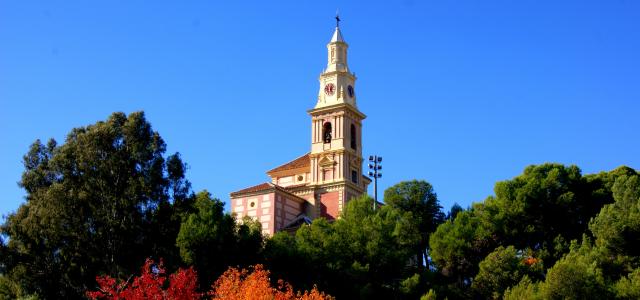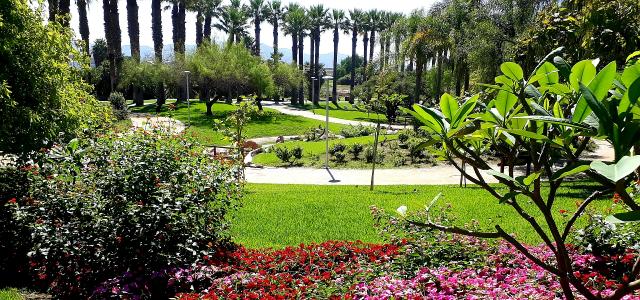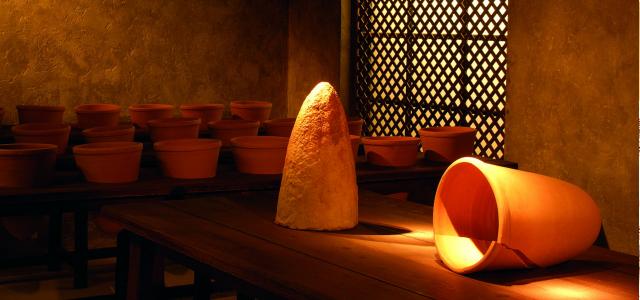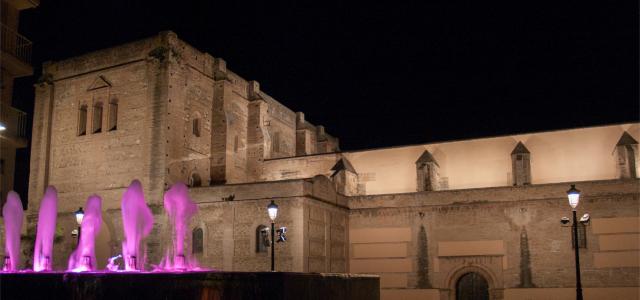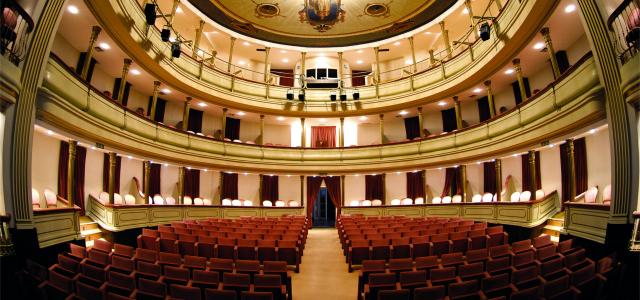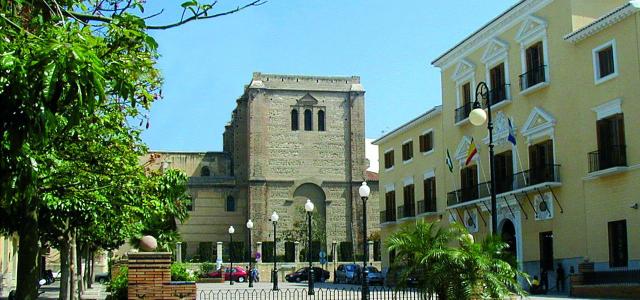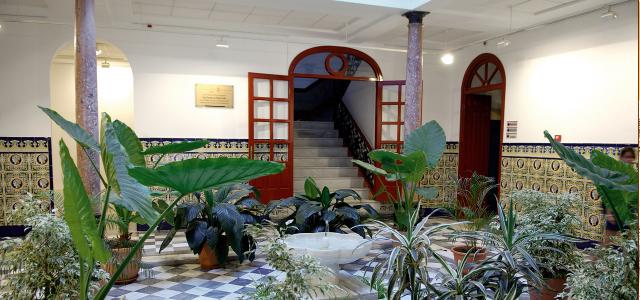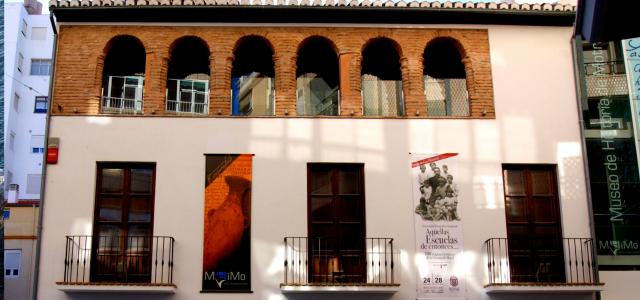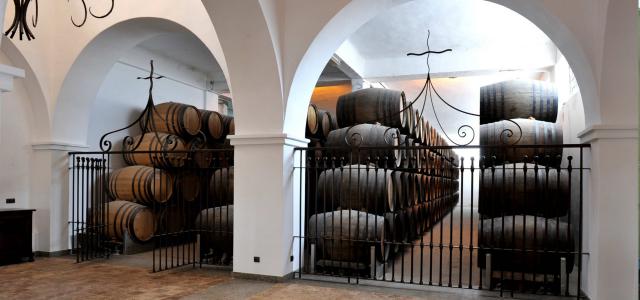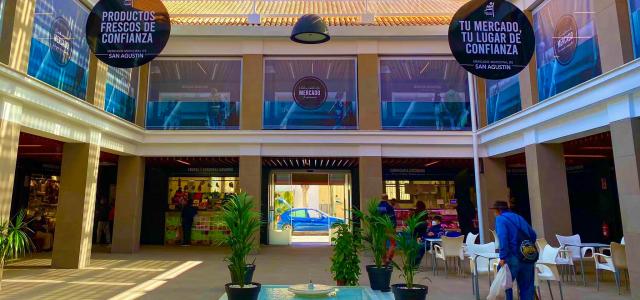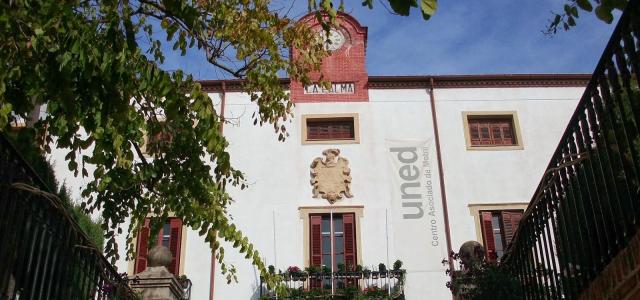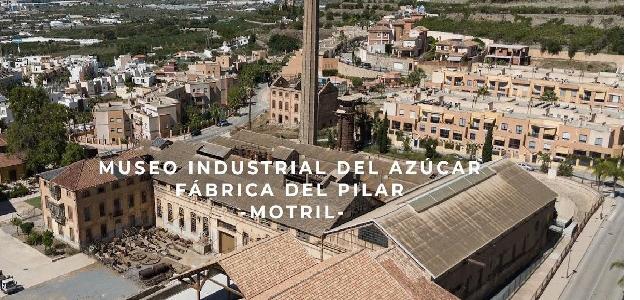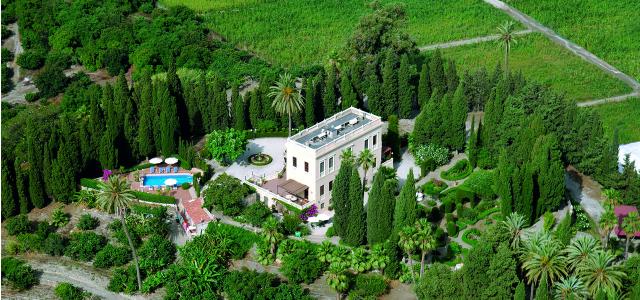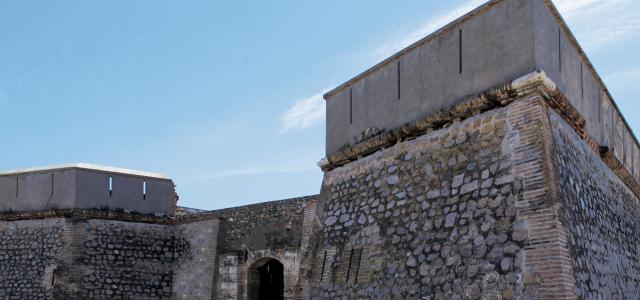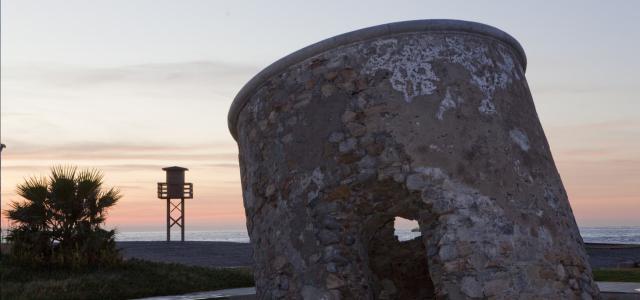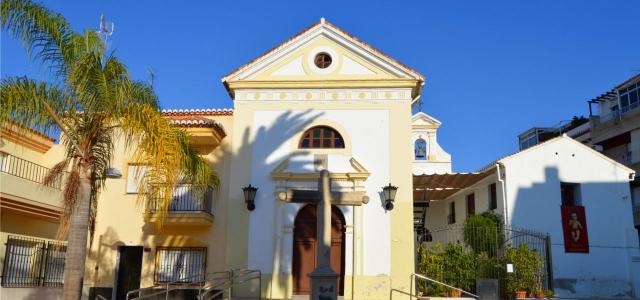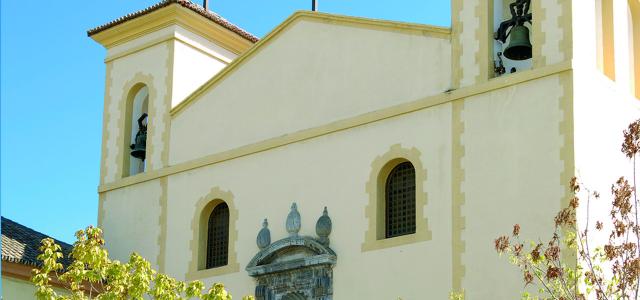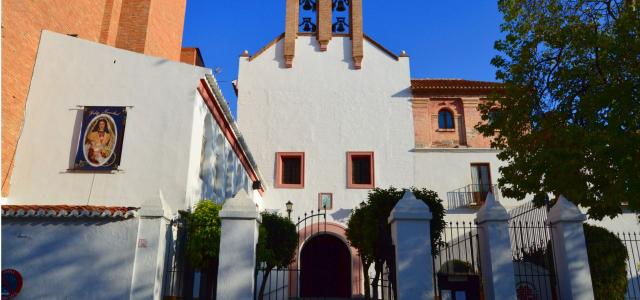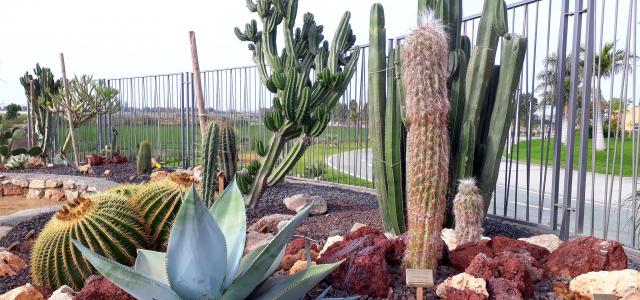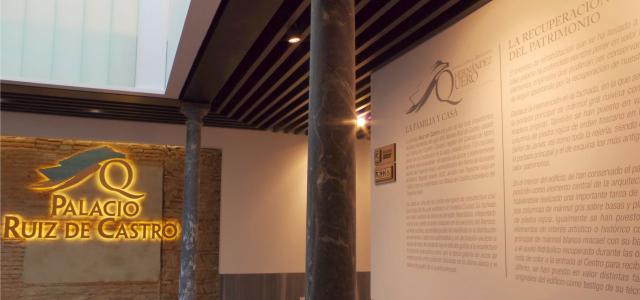Imbued by the traditional history of the sugar cane, the cultural heritage of Motril combines the Arabian and Christian influences all around the town. From the Virgen de la Cabeza Sanctuary located at the top of a hill to the Cardinal Belluga sculpture at the entrance of the Encarnación Church, here you will find religious buildings together with the remains of the cultural heritage which was for Motril its distinguishing mark: the chimneys and the mills of the sugar factories. The Preindustrial Sugarcane Museum that includes technological recreations and archeological material, located on the remains of the Palma Sugar Refinery, from the XVIth Century, is the only sugar establishment from the preindustrial Spain that is partially conserved. Without forgetting, amongst others, the History Museum, the Hernández Quero Art Centre, The Calderón de la Barca Theatre, the Casa de la Condesa de Torre-Isabel, the Montero Rum Bodega and the Geomining Centre. The religious images which parade around go the streets of the town during the Easter Week also show a great variety of the heritage found in Motril.

